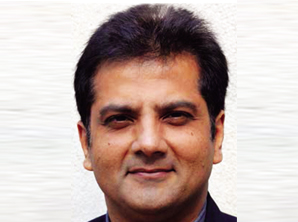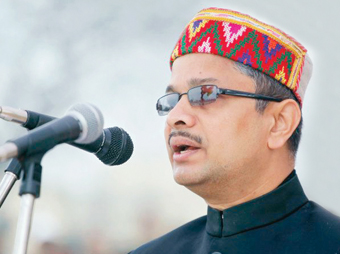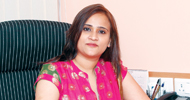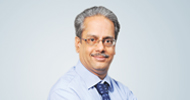
Research, innovations and continually developing healthcare infrastructure in India is key
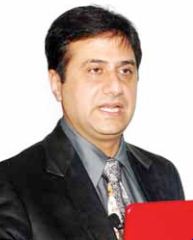

Dr Suhas Prahlad Hardas, Consultant & Interventional Cardiologist, Ruby Hall Clinic, Pune
Within the past 70 years, the study of electrophysiology has evolved significantly. In earlier times, patients with conditions such as dizziness, fainting and other ailments may not have been correctly diagnosed, and a cause of death was not always accurate. But as science evolved medical fraternity could understand the problem lay with electrical wiring of the heart. It was the identification of that very problem which led to the invention of the pacemaker.
When it was first invented, pacemakers looked similar to a modern day dialysis unit and were designed to be carried externally. They had very big batteries, and short lifespans. Pacemakers have evolved much since then, in terms of their size, lifespan and sophistication.
Almost one out of 150 patients who are admitted in a cardiac ICU is in need of a pacemaker but due to lack of awareness, and many a time costs, patients are often devoid of the right kind of therapy. This is a problem that can be solved by creating awareness and continuing to develop healthcare infrastructure in India.

Research
There has not been enough clinical research on pacemaker technologies in India. Physicians as a result have been more dependent on the data available from the westerners, but there is a huge patient pool in India, which can be targeted for participating in clinical research “ especially those who would not have had access to the technology under other circumstances. To best do this, a robust hospital infrastructure is required.
Some areas of care that are currently being researched are remote patient monitoring, which is under pilot stage in India, and leadless pacemakers. A good example of technology that has been researched and now enjoys wide acceptance by the medical fraternity is the Accent MRI-compatible pacemaker.
Innovation
One of the most important modern day innovations is MRI compatibility in modern day pacemakers. This is helping patients to be exposed to a more precise diagnostic environment, in case of current or future ailments that may require an MRI scan.
Increased device longevity is also an important aspect in deciding which of the many pacemakers available is right for a patient. This quality has improved over the years and is especially critical for a young patient who may have to undergo many implants throughout his/her lifetime. Increasing device longevity can mean a possible reduction in hospitalisation cost, mental and physical trauma, among other things.
Technology Revolutions
There are many technology revolutions that I look forward to. Among the most exciting are the leadless pacemakers with high longevity, which can be implanted at the target site effectively. I also look forward to further advancement in pacemaker algorithms which would help to reduce unnecessary pacing and encourage the intrinsic cardiac activity of the patient.
Be a part of Elets Collaborative Initiatives. Join Us for Upcoming Events and explore business opportunities. Like us on Facebook , connect with us on LinkedIn and follow us on Twitter , Instagram.


